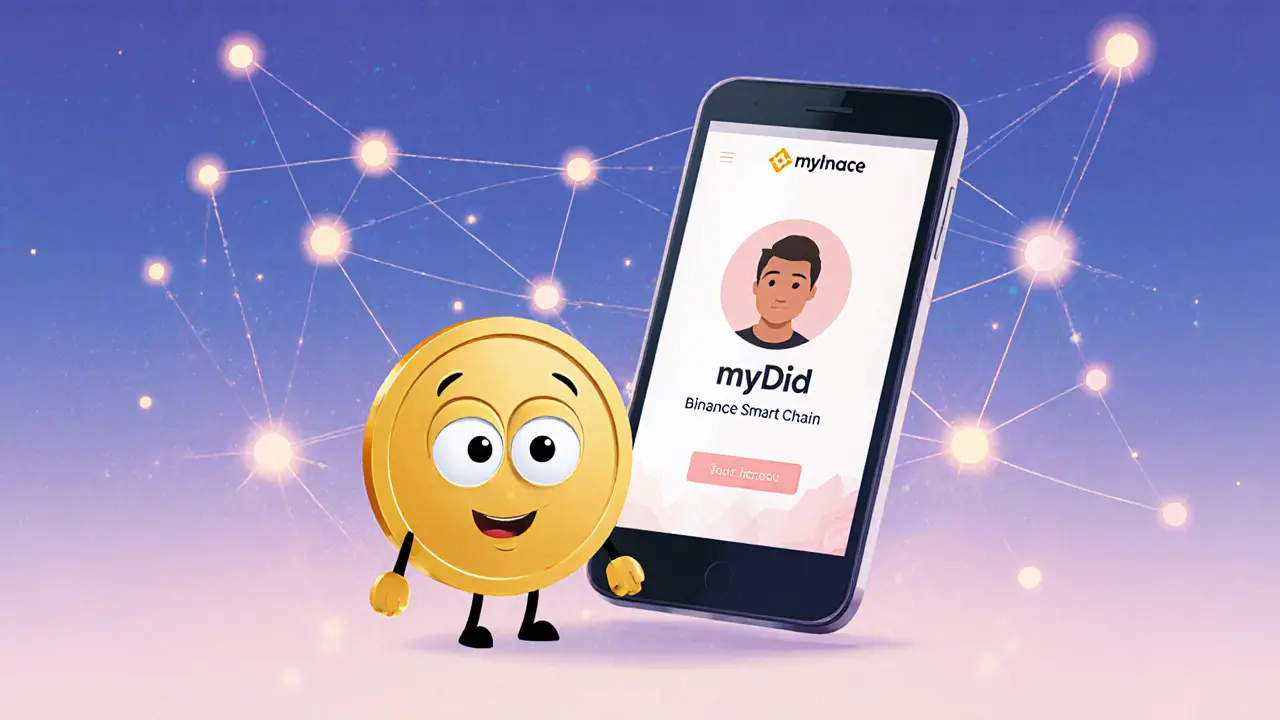myDID SYL – Your Guide to Decentralized Identity on the Blockchain
When working with myDID SYL, a self‑sovereign identity (SSI) platform that uses decentralized identifiers (DIDs) on blockchain networks. Also called myDID System, it empowers users to own and share verifiable credentials without a central gatekeeper, you instantly see why myDID SYL is becoming a go‑to solution for privacy‑first apps. The platform encompasses credential issuance, verification, and revocation—all orchestrated by smart contracts that live on public ledgers.
Key Concepts Behind myDID SYL
The core building block is the Decentralized Identifier (DID), a globally unique string stored on a ledger that points to a user's public key and metadata. DIDs enable trustless verification across services, eliminating the need for any third‑party authority. Pair that with Self‑Sovereign Identity (SSI), a model where individuals control their own digital identity data, and you have a recipe that requires DIDs to function securely. In practice, an SSI wallet built on myDID SYL will generate a DID document, sign it with the owner's private key, and publish it to a chosen blockchain—usually Ethereum or a layer‑2 solution that offers low gas fees.
Because myDID SYL lives on a blockchain, tokenomics become a natural extension. The platform issues a native utility token that fuels credential issuance fees, staking rewards, and even airdrop incentives for early adopters. Recent airdrop alerts—like the VerseWar VERSE token or the GLMS IDO airdrop—show how token distributions can jump‑start network effects. Staking, on the other hand, lets token holders lock up assets in exchange for validation rights and a share of transaction fees, mirroring the earnings guides we cover for other crypto projects. This blend of identity and finance means that every action—creating a DID, verifying a credential, or staking tokens—produces measurable on‑chain data that can be audited in real time.
Regulatory environments shape how myDID SYL can be deployed. Countries such as Norway are experimenting with temporary bans on new crypto mining data centers, while Algeria enforces a full crypto prohibition. Those policies influence where developers host their DID ledger and how users access services. Understanding the regulatory backdrop helps you avoid jurisdictions with heavy compliance burdens and locate friendlier zones that support decentralized identity innovation. Our coverage of crypto tax reporting rules and legal costs for tax relocation also ties back to the financial side of running an SSI platform.
All of this sets the stage for the articles below. Whether you want a step‑by‑step guide to staking, a deep dive into a specific token’s risk profile, or the latest on airdrop eligibility, the collection offers practical insights that fit right into the myDID SYL ecosystem. Dive in and see how each piece connects to the broader picture of decentralized identity, token economics, and the regulatory landscape shaping the future of crypto.
myDID (SYL) cryptocurrency explained: purpose, tech specs, and market outlook
Learn what myDID (SYL) crypto coin is, its technical specs, role in digital identity, market data, how to buy it, and if it's a good investment.
- 15
- Read More
